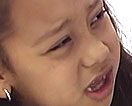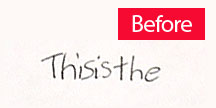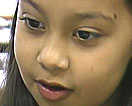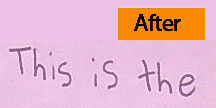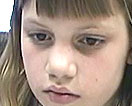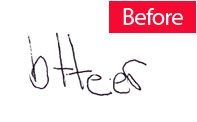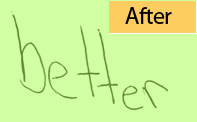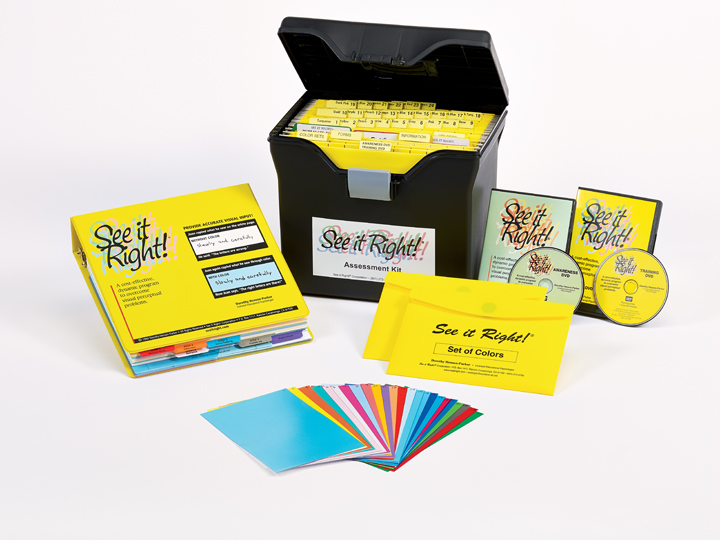
The See it Right!® manual outlines the diagnostic
process
STEP 1: REVIEW WORK.
Identify symptoms through a review
of both the student's reading and
written work. The teacher uses observational
skills to find out what the
younger student may be unable to
tell you. Novel techniques are used to analyze student writing and correct
reversals.
STEP 2: INTERVIEW THE
CHILD.
Ask questions to find out
what the child is seeing. Students
have reported many things. For example,
the letters "look ugly, messy,
slobbery, crinkly, like they've been
erased" and so on. One student with
giftedness reported that the page
looked "bruised" and put black and
blue marks on the page with crayon.
STEP 3: COLOR TESTING.
Use what you have learned thus far,
and the student's own words, to set
the purpose for the color testing.
Then present the colored transparencies
one at a time over a page in
the student's book. This is intended
to correct any distortions seen by the
student. The manual describes procedures
in detail to use with younger
children to help you get the most accurate
assessment, and then to validate
your results. If color helps the
child, you give the student color to
use in class and at home. If color
does not help, your letter home will
include any other recommendations
or interventions you plan to make to
help the child.
STEP 4: FOLLOW-UP.
Train
the child in how to use color and
where to get replacements. Communicate
results to parents and other
staff members to ensure the success
of your intervention. This section of
the manual includes many practical
classroom modifications.
Materials Available
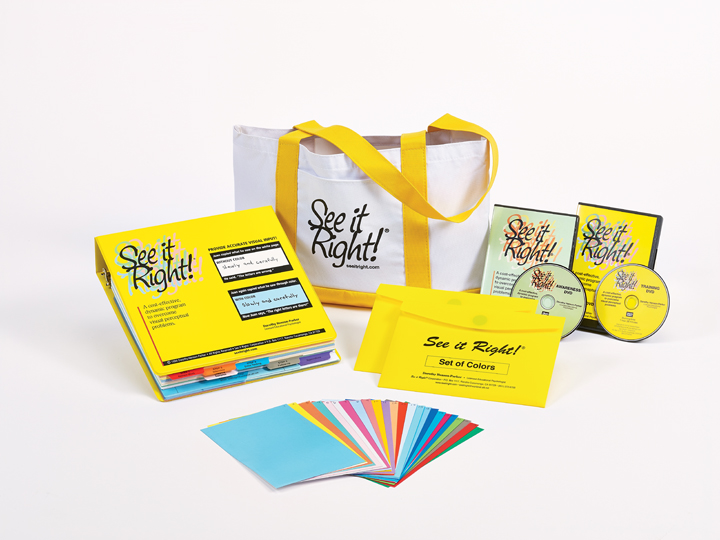
Using your credit card, you can order your materials online.
-
COMPLETE ASSESSMENT KIT
-
COMPLETE TESTING MANUAL WITH TWO SETS OF COLORS
-
SHORT FORM
ASSESSMENT KIT
-
DEMO KIT
-
TRAINING DVD
-
AWARENESS DVD
-
MAGNIFYING BAR
-
COMPLETE TESTING MANUAL
-
SHORT FORM ASSESSMENT MANUAL
-
1 SET OF NRSI COLORS
-
VARIETY PAK
-
Complete Replacement Set of Colors for Kit
-
OVERHEAD/COMPUTER SET
-
40 FOLDERS
-
INDIVIDUAL OVERLAYS
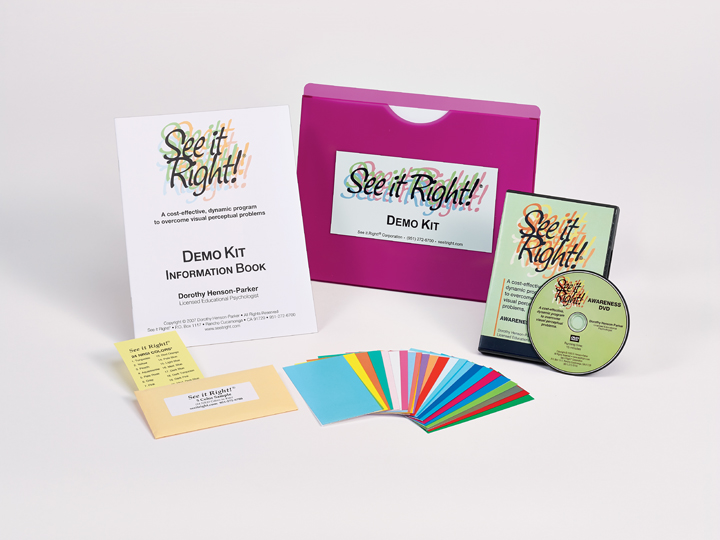
A Little History
"Scotopic Sensitivity Syndrome is a perceptual dysfunction associated with the brain's ability to accurately
process visual information.
Looking through color may correct this difficulty by altering the timing by which the visual
information is received and processed." This is the definition of Helen Irlen, founder of the Irlen Institute in Long Beach, CA, who prescribes colored glasses to remediate the problem.
The author Dorothy Henson-Parker has worn colored lenses since 1988 with great success. The author consulted with Helen Irlen early in her research during the development of her specialized assessment for children. She has done research in different school districts with various educators from 1988 to present day, developing techniques that are especially helpful with young children. It is sometimes difficult to find out what the student is actually seeing, and these techniques make it easier.
About the Author
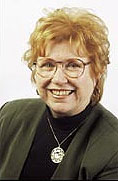
Dorothy Henson-Parker is a bilingual Licensed Educational Psychologist, counselor and teacher who worked for the Pomona Unified School District for 24 years. She has also taught both regular and special education from preschool to age 21 for Los Angeles County Schools. Mrs. Henson-Parker administered the PUSD Light Sensitivity Project for 10 years that provided colored overlays for students identified with Scotopic Sensitivity. Project included 700+ students grades K-12 who used colored overlays for reading.
Mrs. Henson-Parker consults with school districts, gives seminars and speaks at various educational conferences across the country. She presented her work at the International School Psychologists' Association in Melbourne, Australia. A copy of this paper is available in the "Research" section of this web site.
You can also send us an email or call


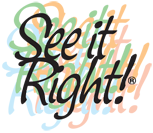 If your
students see moving, reversed, or distorted
letters and/or words, you can
help them see correctly and clearly
If your
students see moving, reversed, or distorted
letters and/or words, you can
help them see correctly and clearly